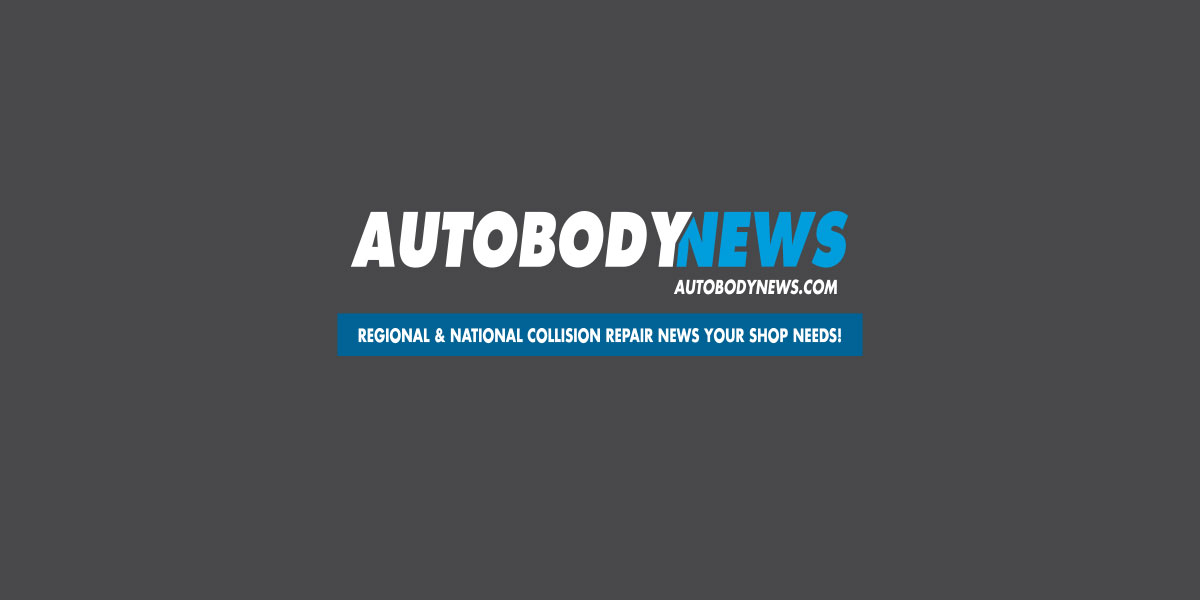During a recent meeting I had with my SPARTAN 300 20 Group, we reviewed some vehicle crash test videos posted by the Insurance Institute for Highway Safety, like this one showing a side crash test of a 2022 Toyota Corolla.
If you watch the tires on the vehicle as it gets pushed sideways by the sled, you can see they leave black marks on the floor just as they would if they scraped against the pavement in a real collision.
Watching this, the question came up: Could that create flat spots on the tires?
One of our group’s members checked the run-out on tires on collision-damaged vehicles in their shop using the Hunter Road Force Elite, and found more than 27% of the tires they checked did have flat spots.
That led us to a discussion about alignments. We know more and more vehicle system calibrations require an alignment prior to the calibrations. And more and more alignments require a calibration of some system after the alignment. It won’t take you long looking through automaker repair procedures to know more and more automakers are saying an alignment is necessary any time a vehicle has been in an accident. Electronic stability systems are just one of the systems that rely on the vehicle being properly aligned.
Given all this, I believe in today’s collision world, you really need to be able to do alignments in-house.
I know some of you will say: But the bill-payer only wants to pay me $89 for an in-house alignment. But let’s remember there are at least four different types of alignments.
A preventative maintenance alignment---what people were talking about years ago when they said, "Set the toe and let it go"---are the typical $89 alignments to make sure the vehicle handles properly and the tires don’t wear unevenly.
But there are also “symptom alignments,” where the customer comes in to say their car is pulling or they’re experiencing a shudder or shimmy. There are also “performance alignments” for someone who wants their alignment to a certain spec ahead of going to the racetrack.
But what we’re doing in our industry are “collision alignments,” which are very different than these other types of alignments. The work involved in these alignments starts during intake of the vehicle. At that point, we need more information about the accident. We need to ask what the weather conditions were; the tires on a vehicle hit on dry pavement are going to grip the road more, more likely resulting in a flat spot.
We need to understand if the vehicle left the road, vertically or horizontally. Did it hit a curb? How many occupants were in the vehicle? How fast was the vehicle moving? Were the brakes applied at the time of impact? Is the steering wheel off-center? All of these things can impact the repair and alignment of the vehicle.
It’s also important to understand all we have to do as part of a collision alignment that is not included in those $89 alignments. We may need to do a steering angle sensor reset. We may have to empty unnecessary customer cargo. We may have to ensure the gas tank is full, and all the other fluid levels are full.
By the way, for those of you trying to avoid that by putting some weight in the vehicle instead: Stop it! Follow the OEM procedures. I have seen only two automakers that give you procedures for how to do that instead of filling.
We may also have to do some advanced diagnosis. The subframe could be misaligned, for example. If you let the subframe bolts loose and it jumps, that tells you it’s got some pressure on it. You may also have to adjust a cross-member for torque steer.
There’s just a lot more that we have to do.
Being able to do alignments in-house is also important because I believe that in order to write an accurate damage analysis, a pre-alignment check is necessary. I’ve been heartened to see in our “Who Pays for What?” surveys over the years that more shops are reporting regularly being paid for this procedure. Back in 2015, only 37% of shops said they were paid “always” or “most of the time” for a pre-diagnostic alignment by the eight largest national insurers. That was up to 45% in last year’s survey.
Still, about two in five shops acknowledge never having sought to be paid for this important process. I’d like to think those shops are doing the pre-alignment check and just not billing for the labor involved, but I’m also concerned some of them are not taking vehicle alignment into account early in the process as they should be.















Mike Anderson